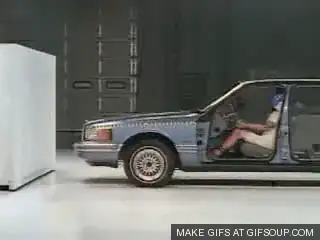Let's look at an example, electromagnetism.
The electromagnetic field (the combination of electric and magnetic fields) has momentum.
Charges have momentum.
The charge feels a force right where it is, a force based on the fields right where it is. This changes the momentum of the particle.
The field loses an equal and opposite amount of momentum and also does so right in the same place. (The field has momentum distributed in little bits all over space, so has momentum right there to give to the charge.) Technically there is just a flow of momentum from the fields to the charge because the charge is also just changing its momentum at a certain rate, nor all at once. So you can also think of it as the charges momentum being given to the field in a way where it starts to spread out through the field into larger and larger regions. Since momentum has a direction there is no objectivity about whether you lose $p_x$ or gain $p_{-x}.$
So momentum propagates through space, and can be stored in the electromagnetic field and flow through space via the flow through the electromagnetic fields (and yes, technically the fields have a momentum and a flow of momentum) in a conserved way up until it meets a charge at which point the momentum in the field is no longer conserved but the total momentum (field and charge) is conserved.
Momentum is conserved locally. And it can take time for momentum to get from one object (charge) to another object (charge). But when it does so, momentum it is still conserved in the time in between because in between, the fields have the momentum.
Same with energy.
